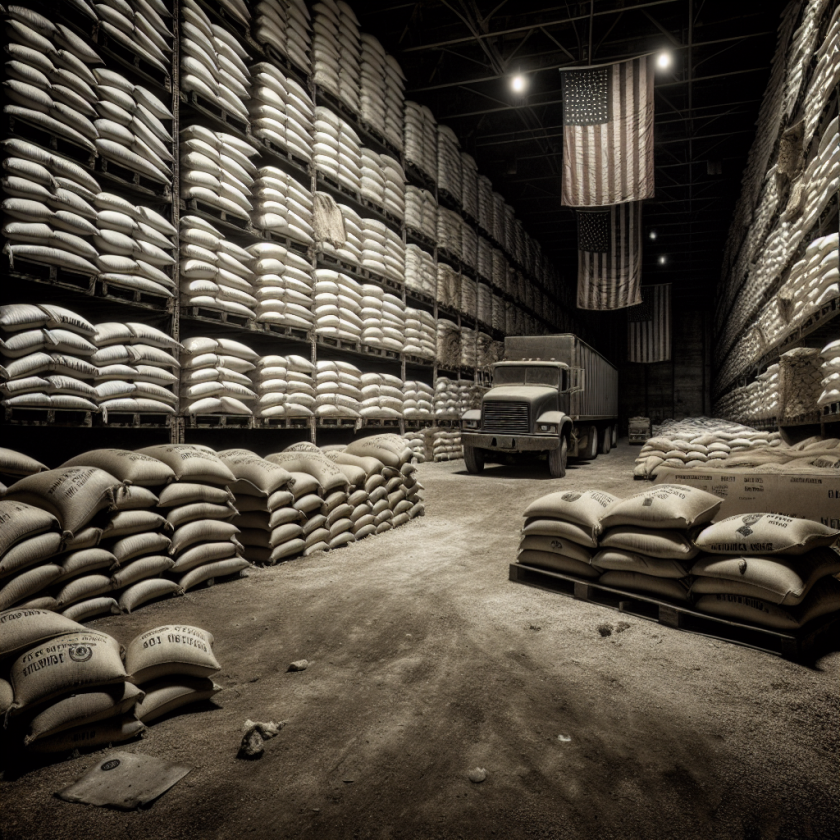The Impact of Trump’s Tariff War on America’s Toilet Paper Supply
The Impact of Trump’s Tariff War on America’s Toilet Paper Supply
Introduction
The trade policies implemented during the Trump administration, particularly the tariff war, have had far-reaching effects on various sectors of the American economy. One unexpected area of impact has been the supply and pricing of toilet paper, a household staple.
Background on Tariff Policies
In an effort to bolster American manufacturing, the Trump administration imposed tariffs on a range of imported goods. These tariffs were primarily aimed at China but also affected other trading partners.
Effects on Toilet Paper Supply
- Increased Production Costs: Tariffs on imported raw materials, such as wood pulp, have led to higher production costs for American toilet paper manufacturers.
- Supply Chain Disruptions: The tariffs have disrupted global supply chains, causing delays and shortages in the availability of essential materials.
- Price Increases: As a result of higher production costs and supply chain issues, consumers have faced increased prices for toilet paper.
Consumer Impact
The tariff-induced changes have directly affected consumers, leading to:
- Higher Prices: Shoppers have experienced noticeable price hikes in toilet paper, impacting household budgets.
- Product Shortages: Periodic shortages have been reported, reminiscent of the early pandemic panic buying.
Industry Response
In response to these challenges, the toilet paper industry has taken several measures:
- Domestic Sourcing: Companies are increasingly sourcing materials domestically to mitigate the impact of tariffs.
- Innovation and Efficiency: Manufacturers are investing in more efficient production technologies to reduce costs.
Conclusion
The tariff war initiated under the Trump administration has had a significant impact on the American toilet paper supply, leading to increased costs and supply chain challenges. While the industry is adapting through domestic sourcing and technological advancements, consumers continue to feel the effects through higher prices and occasional shortages. This situation underscores the interconnectedness of global trade policies and everyday consumer goods.




















